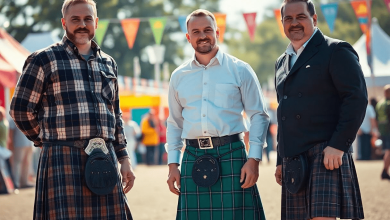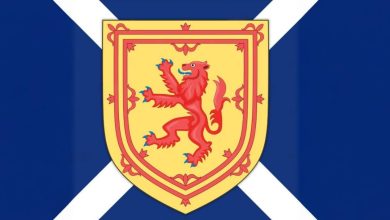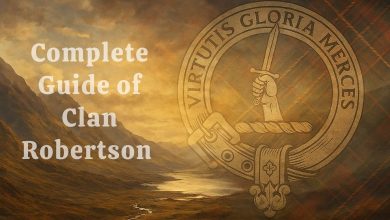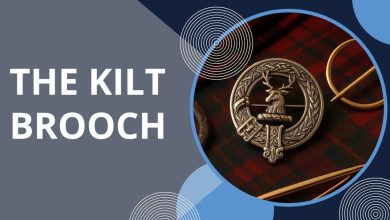The Tartan and Tweed Tradition in Rural Scotland
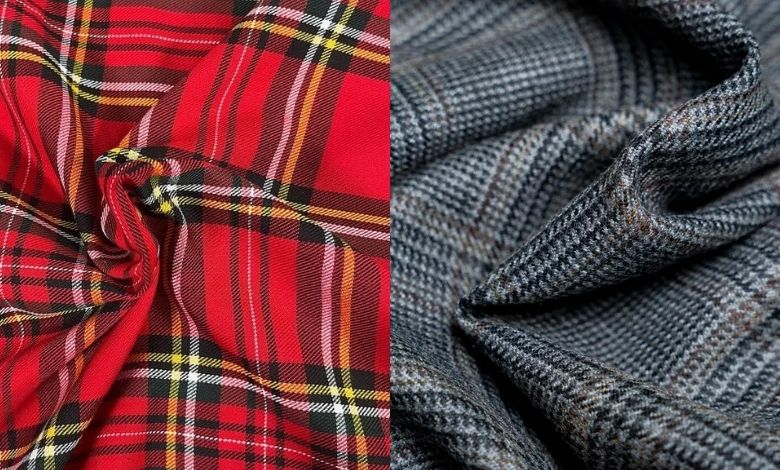
Tartan and tweed are 2 different fabrics that came into being in Scotland but are popular worldwide now. Change in their appearance but they share popularity equally. Another thing they share is their landscape of origin which is rural parts of Highland including Scotland and Ireland. Both of these fabrics have a fascinating history. Likewise, their characteristics differ from each other. However, their acceptance worldwide today is unexpectedly high. Let us start with Scottish tartan first!
Scottish Rural Tartan
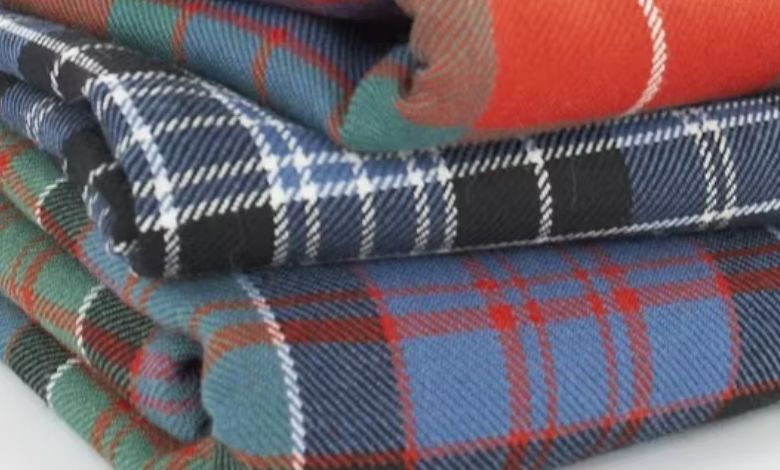
You must have seen Scots wearing kilts for men made with a fabric having criss-crossed fabric. This fabric is called tartan, which was introduced in the 16th century as kilt. However, tartan was itself born around 300 BC. Started as “great kilts” these kilts have now become modern ones. Originally made with acrylic wool this fabric was used for warmth, durability, and flexibility. Today, cultural admiration is a new addition to the purposes. Here are some traits of the tartan.
Properties of Tartan
Traditional Scottish fabric today is not limited to tartan kilts only but makes many other products in the same domain like sashes, fly plaids, kilt socks, etc. Their continuous use in the same domain is for its reliable properties given below:
- The thickness of the tartan makes it valuable for winter.
- Tartan also offers an elasticity with a structural hold.
- Compact weaving and robust fiber make it resistance-friendly.
- It is a versatile fabric that makes multiple products and is suitable for different events to wear.
- Suitable for thermal insulation.
Tartan Making Stages
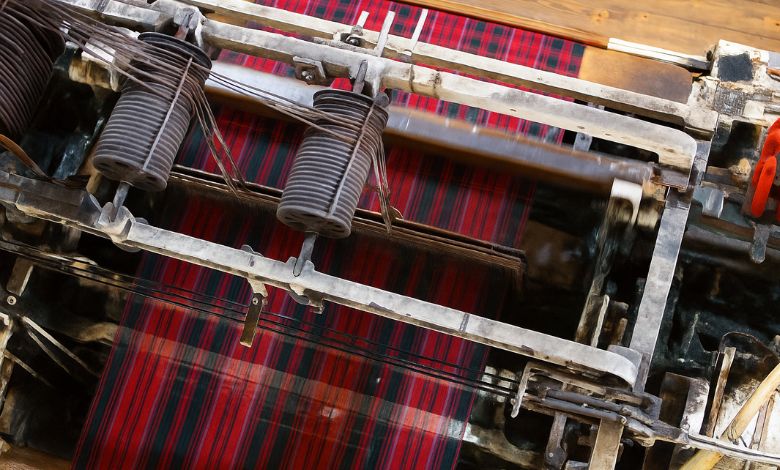
Developing tartan is not an easy task but requires dedication. Many steps are involved in making this fabric which might differ from those of tweed. Here are some stages:
Winding: Spinning yarn into neat, organized bundles or spools.
Dying: Adding color to the yarn using dyes.
Wrapping: Wrapping the dyed yarn around a warp beam in preparation for weaving.
Weaving: Interlacing the yarn to create the fabric pattern.
Daring: Introducing bold or intricate patterns through thread placement.
Finishing: Completing the tartan by pressing, cleaning, and setting the fabric.
Products Made by Scottish Tartan
If we talk about different products that Scottish tartans make, they do not restrict themselves to clothing but facilitate many other fields. But sticking to our domain, UTK UK has many things like tartan kilts including the Night Watch Tartan Kilt for showing supremacy with attire. Similarly, if you want to represent Scottish culture, you can buy a Heritage of Scotland Tartan Kilt. Other than kilts, you can also shop for different products like tartan flashes, socks, fly plaids, etc.
Scottish Rural Tweed
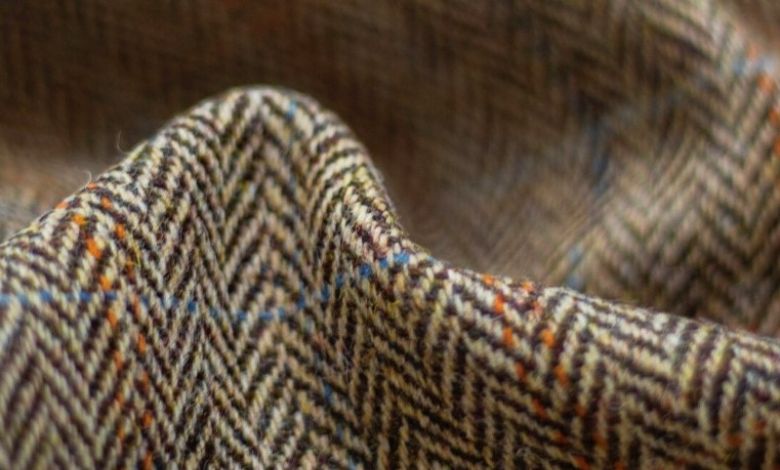
The chapter on Scottish tartan ends here, now is the time to shed light on Scottish tweed. Tweed is a fabric made from tightly woven wool that originated in Scotland and Ireland. It is not that old in history compared to tartan but has almost the same popularity.
We do not have to move back to the 16th century but to the 19th century. Shepherds in Highland rural areas made this fabric when they needed something for protection against windy circumstances. The fabric came into the eyes of English people and became popular within a matter of decades. Other than Scottish identity, the fabric is iconic to England now.
Characteristics of Tweed Fabric
Warmth: As discussed earlier, warmth is the primary ground that made Highlander craft this fabric.
Durability: Withstanding against Scottish climate requires durability and tweed fulfils this requirement.
Textured Appearance: The tight weaving of cloth offers a unique appearance helping it dominate other fabrics.
Water Resistance: Along with warmth and durability traits, tweed is water-resistant to a particular level.
Weight Variation: Thickness offers warmth while people also wear it even in summer. How is it possible? Variations in weight are what makes it suitable for different weathers.
Tweed Making Stages
The process of making tweed is a bit different than tartan. Likewise, making tweed is not an easy task and has a few steps to follow:
- Harvesting wool fiber
- Cleaning and spinning the wool
- Dyeing and drying wool for a specific time
- Blending and mixing to get the patterns you want.
- Teasing and carding dyed wool yarn
- Weaving the thick thread yarns into the fabric
Products Made by Scottish Tweed
The role of Scottish tweed is very minimal in making kilts. However, the fabric makes many other products. Kilt jackets made with tweed are common worldwide. If you need to buy a Tweed Argyll Jacket with Vest for an impressive appearance, it is available at UTK UK. We also have Stylish Tweed Argyll Jackets with Vest to wear on formal occasions to stay dominant among others.
On the other hand, the role of tweed in making blazers, coats, and pants is quite significant. If we talk about fields other than fabrics, tweed is common to spot in:
- Cushions
- Curtains
- Upholstery
- Car Seat Covers
Buy Affordable Tartan and Tweed Products at UTK UK
For those who are looking for affordable tartan and tweed products having premium quality under the same roof, we suggest they visit our store “UTK UK” once. At our digital store, we have a large number of tartan products from kilts to tartan trews. If you aim to buy tweed jackets at discounted prices, we have these jackets. In the end, our quality in fabric with craftsmanship sets us apart from others. So, without any delay, order your desired product and wait for the package to approach your doorstep!

